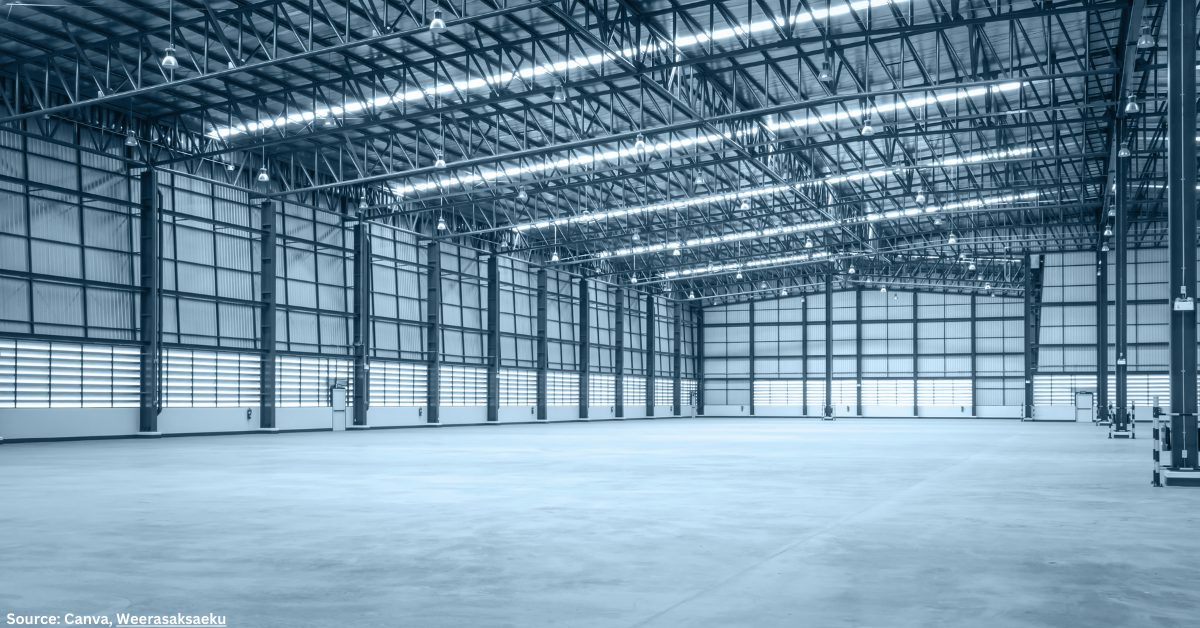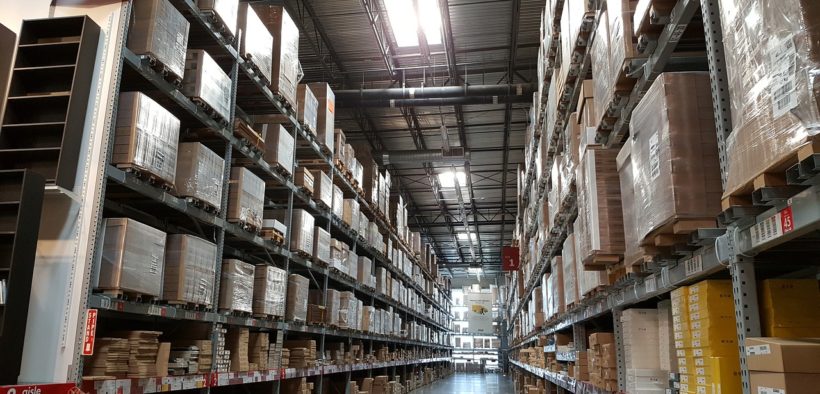Will it be possible for every logistics activity to be accessed ‘as a service’ in the future? If you are unsure how to answer this question, then it is likely you are already lagging behind global leaders, as disruption has become a constant condition of doing business in the 21st century. Organisations more likely to thrive are those who adapt to and become drivers of continuous change.
Supply Chains will see significant disruption across key functional areas as they shift towards digitally enabled, customer-centric offerings, supported by data driven capability and advanced process automation. In this blog, I address the six key elements of a future supply chain, starting with Platforms.
One significant disruption to supply chains has been the emergence of platforms. Platforms provide supply chains with advanced proficiencies through an ecosystem of modular capabilities. These capabilities are delivered through a network of trusted third-parties and can be scaled and recombined as required. as needed.
The emergence of digital platforms has enabled far greater collaboration between traditional and non-traditional trading partners. Asset-sharing practices – often referred to as the “uberization of transport/logistics”- are being exploited as a tactic to help protect against unexpected supply and demand fluctuations. In fact, today’s entire supply chain can be supported by outsourcing to platforms, with such a wide range of functional activity now available as a service, ranging from planning, manufacturing, inventory and logistics.
Idle, under-utilised assets are a fixed operational burden that organisations no longer need to tolerate. The rise of digital platforms provide supply chain leaders with access to a whole new world of highly efficient and cost effective services. These technologies provide tional leaders with both choice and convenience, allowing for the purchase of supply chain services from third-party providers on a flexible (as-a-service) basis.
This model creates an opportunity to become an ‘as-a-service’ provider, which generates potential new revenue streams and monetises surplus asset capacity. Becoming an ‘as-a-service’ provider can mitigate costs via these new revenue streams. Leading organisations are already partnering with established ‘as-a-service’ last-mile logistics platforms to interact with service providers who can enhance their customer service, by reaching customers quicker, while helping to keep fulfilment costs low.
The supply chain revolution, enabled by advanced digital technologies, is helping supply chain leaders to move from traditional linear supply chains to more agile and flexible models. These new models enable businesses to respond quickly to sudden changes in supply and demand, and mitigate operational costs by scaling service provision aligned to current requirements – rather than historical or long-term forecast requirements. This ultimately helps to drive down the overall cost of delivery and fulfilment.
Yet, it is not just supply chain costs that platforms help to control. Successful companies have increasingly turned to platforms to drive growth. By 2025, the World Economic Forum estimates that digital platforms could generate $60 trillion in revenue. Platform-based direct-to-customer (D2C) sales models also help by shortening supply chains, effectively boosting margins by allowing businesses to retain value that would previously have been absorbed by partners and wholesalers.
In the next Future of Supply Chain article, I will outline the role of the workforce and the importance of rapid reskilling and hiring as an organisational critical success factor. If you would like to discuss your future ready supply chain, please feel free to get in touch.
Should You Rebuild Your Customer Service Platform?
This post first appeared here.
























































Follow us on social media